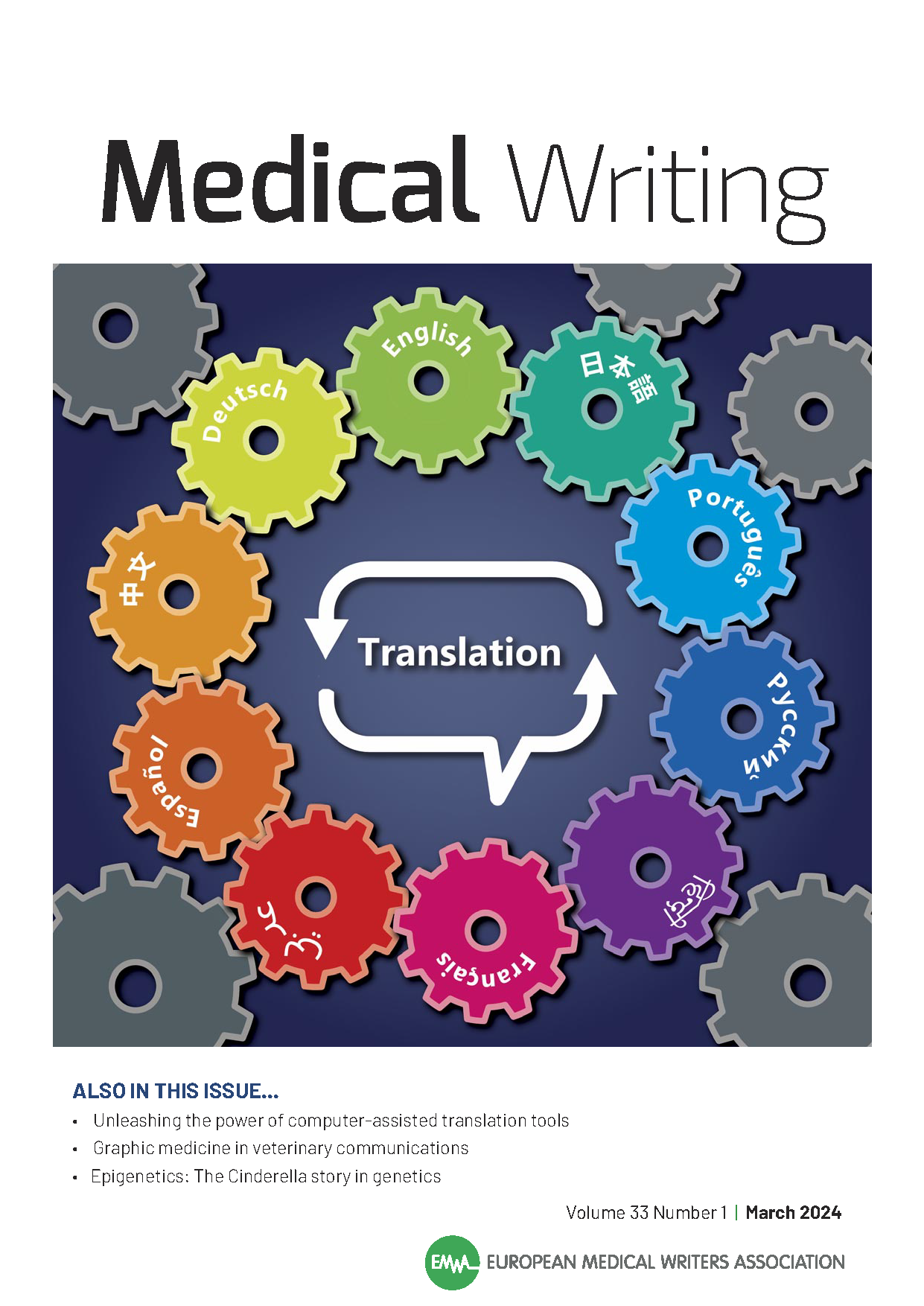
Volume 33, Issue 1 - Translation
Quality assurance in medical translation
Authors: Iain Matheson, Barbara Kollmer
Abstract
Quality assurance (QA) is an important part of the translation process; its ultimate aim is to ensure that a high-quality translation is produced. Traditionally, QA was very much a task undertaken by humans, but recent years have seen the advent of a variety of automated tools to facilitate the process. This article focuses on QA in relation to medical translation in the language service provider (LSP) setting and provides some examples from human and automated QA. We show that there is a place for both approaches to QA at the current time.
Medical Writing. 2024;33(1):34–36. https://doi.org/10.56012/qjes2321
 Download the full article
Download the full article
Search
Articles
Links
Editoral Board
Editor-in-Chief
Co-Editors
Managing Editor
Victoria White
Deputy Managing Editor
Alicia Brooks Waltman
Associate Editors
Section Editors
AI/Automation
Biotechnology
Digital Communication
EMWA News
Freelancing
Gained in Translation
Getting Your Foot in the Door
Good Writing Practice
Pablo Izquierdo / Alison McIntosh
In the Bookstores
Publications
Medical Communications/Writing for Patients
Medical Devices
My First Medical Writing
News from the EMA
Pharmacovigilance
Regulatory Matters
Regulatory Public Disclosure
Louisa Ludwig-Begall / Sarah Kabani
The Crofter: Sustainable Communications
Veterinary Writing
Editors Emeritus
Layout Designer
Chris Monk
 Visit the EMWA website
Visit the EMWA website